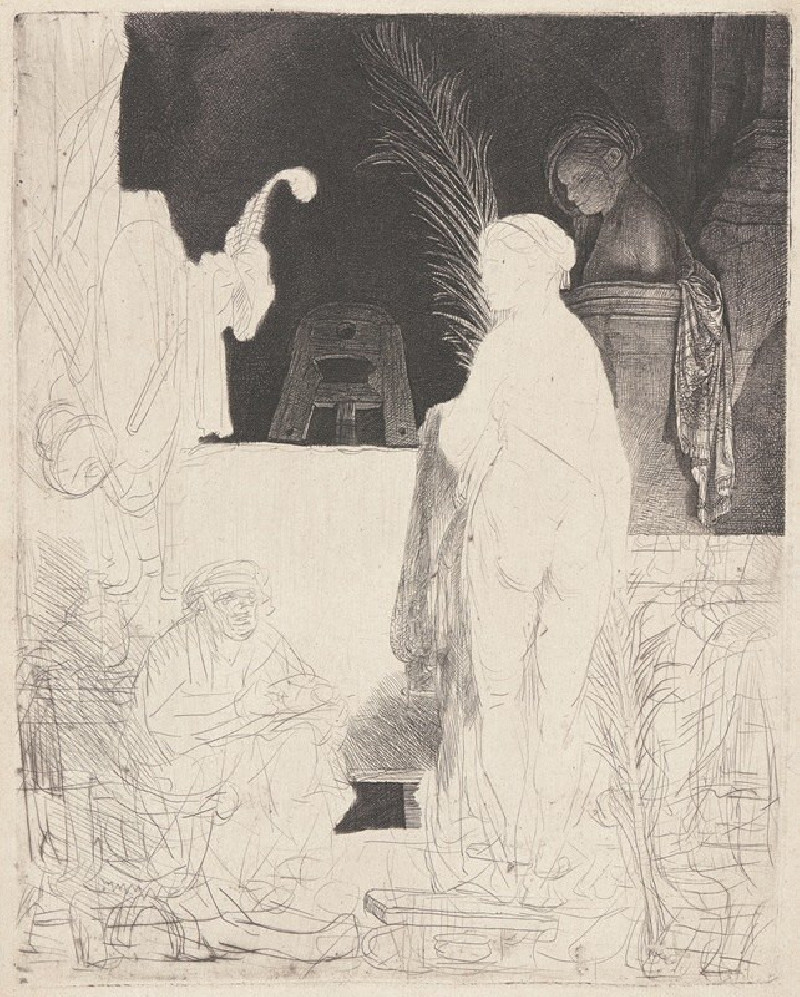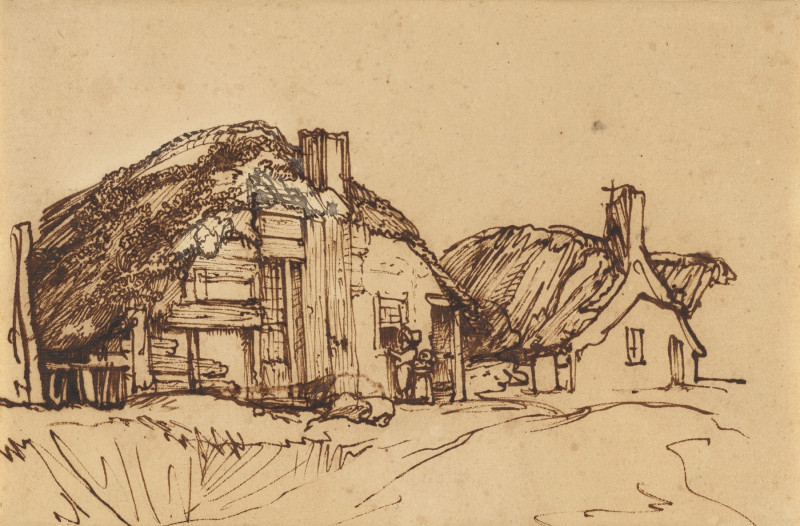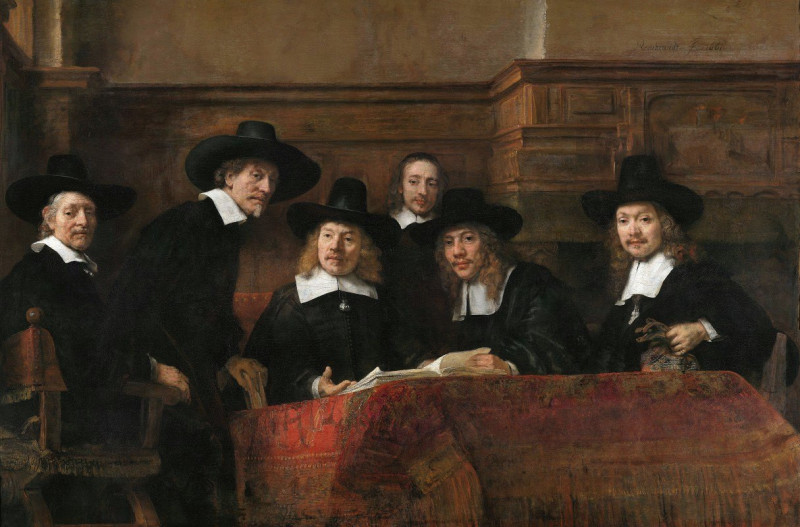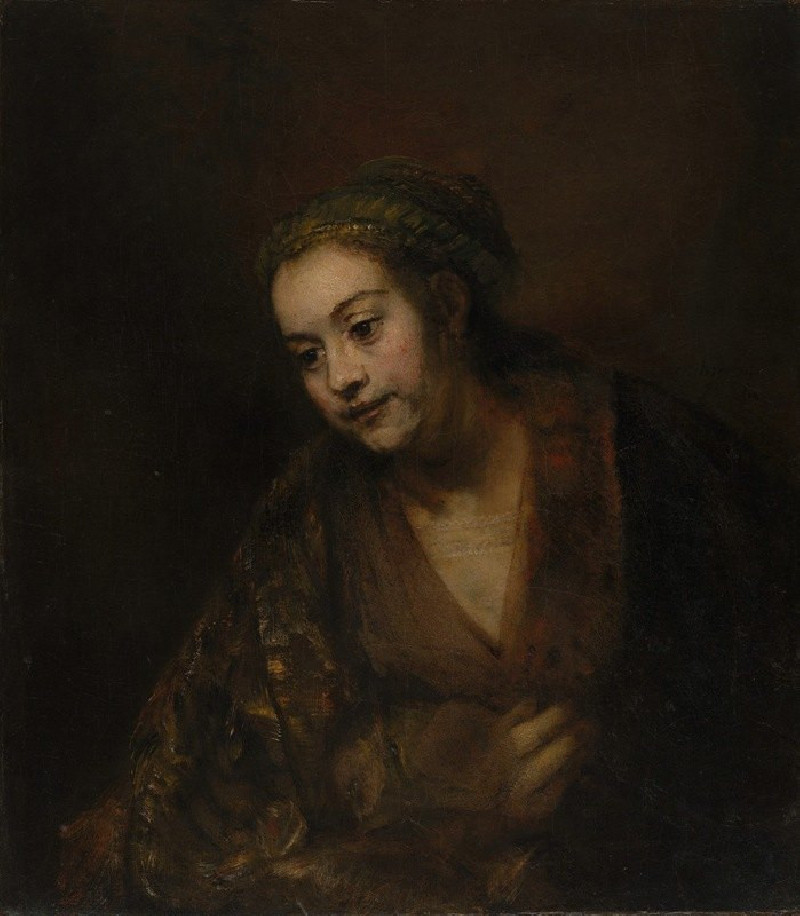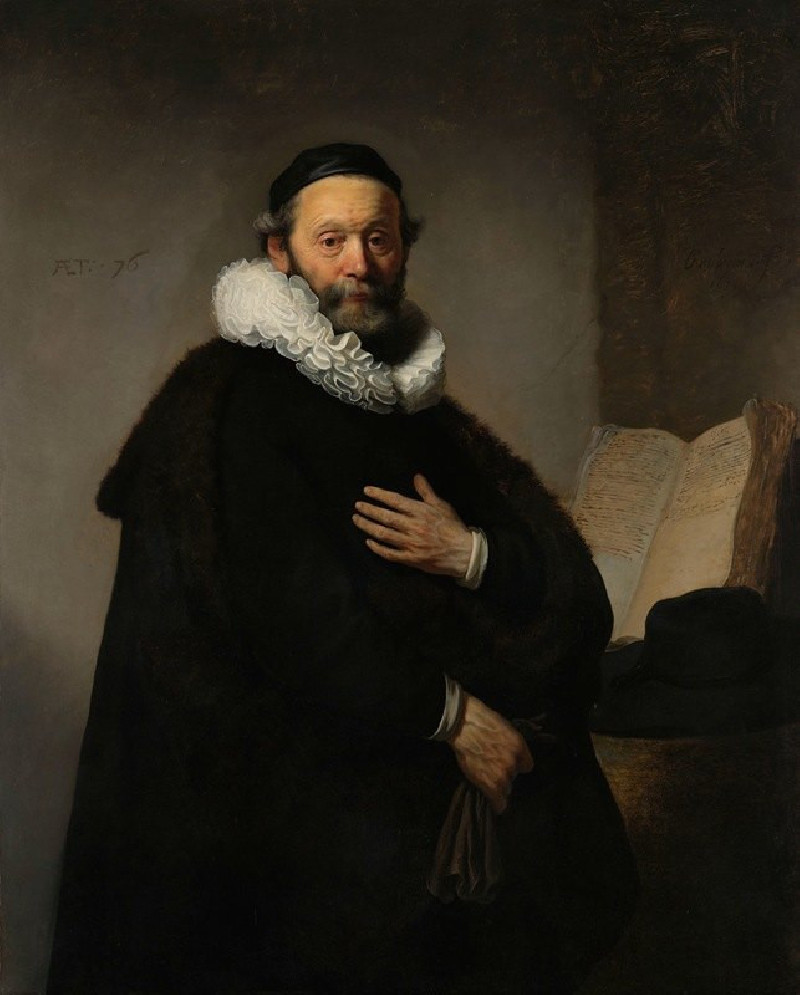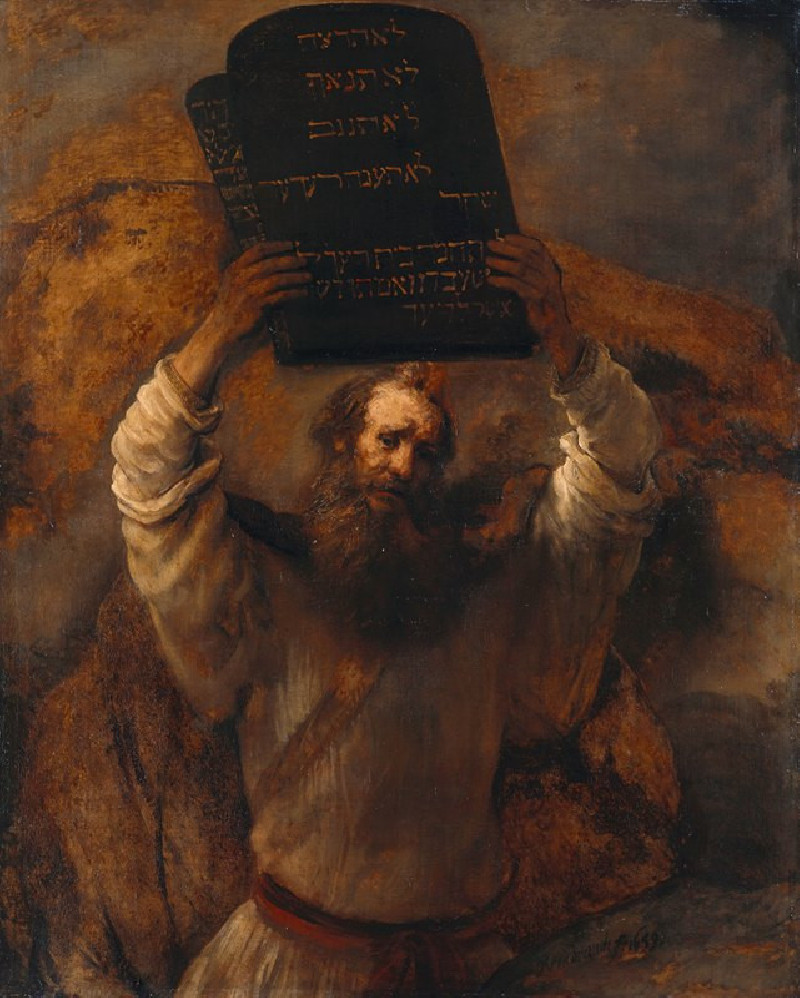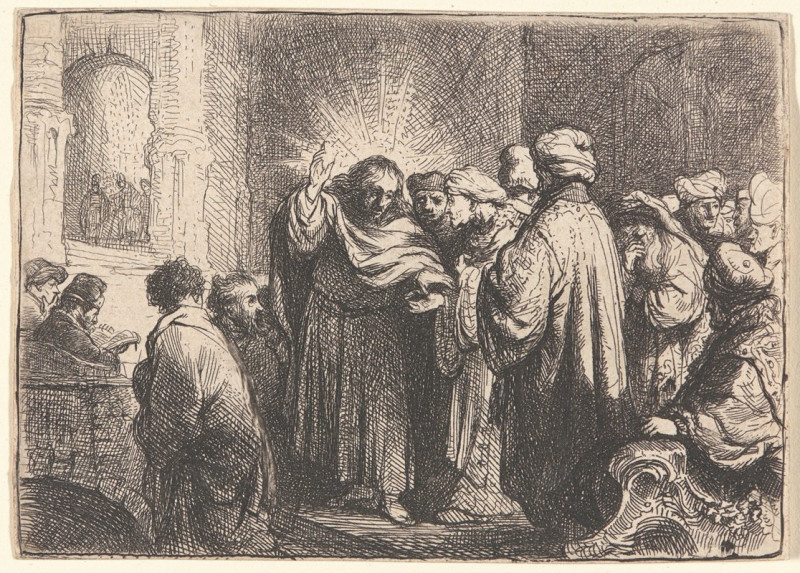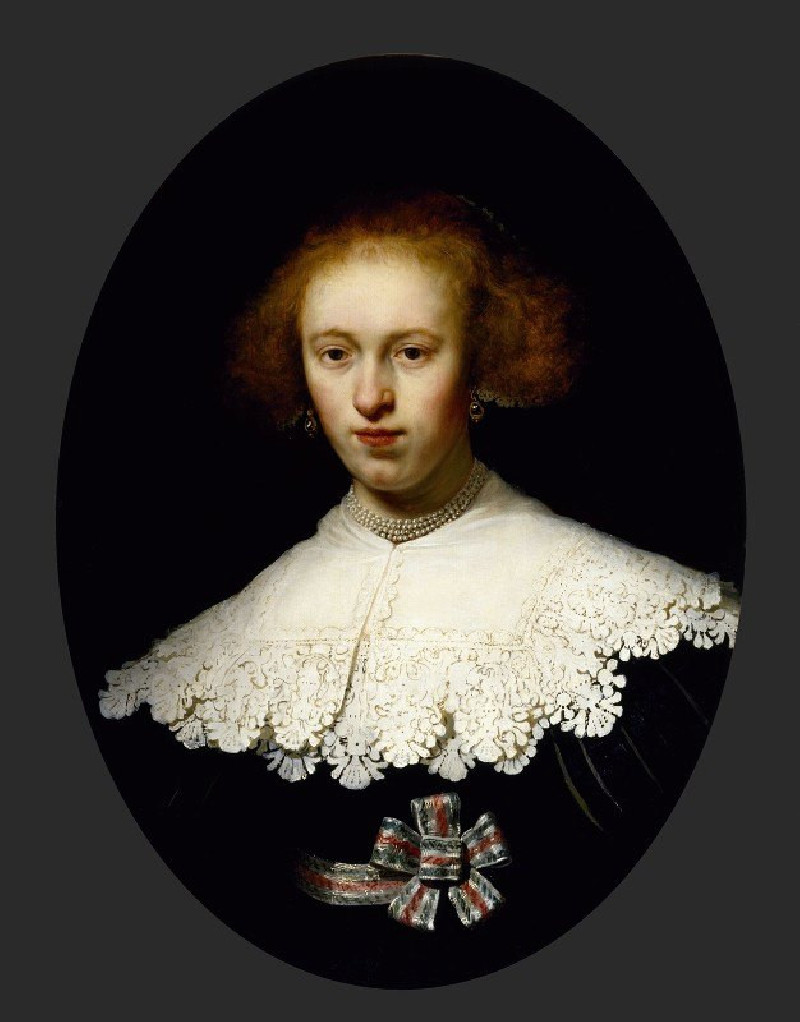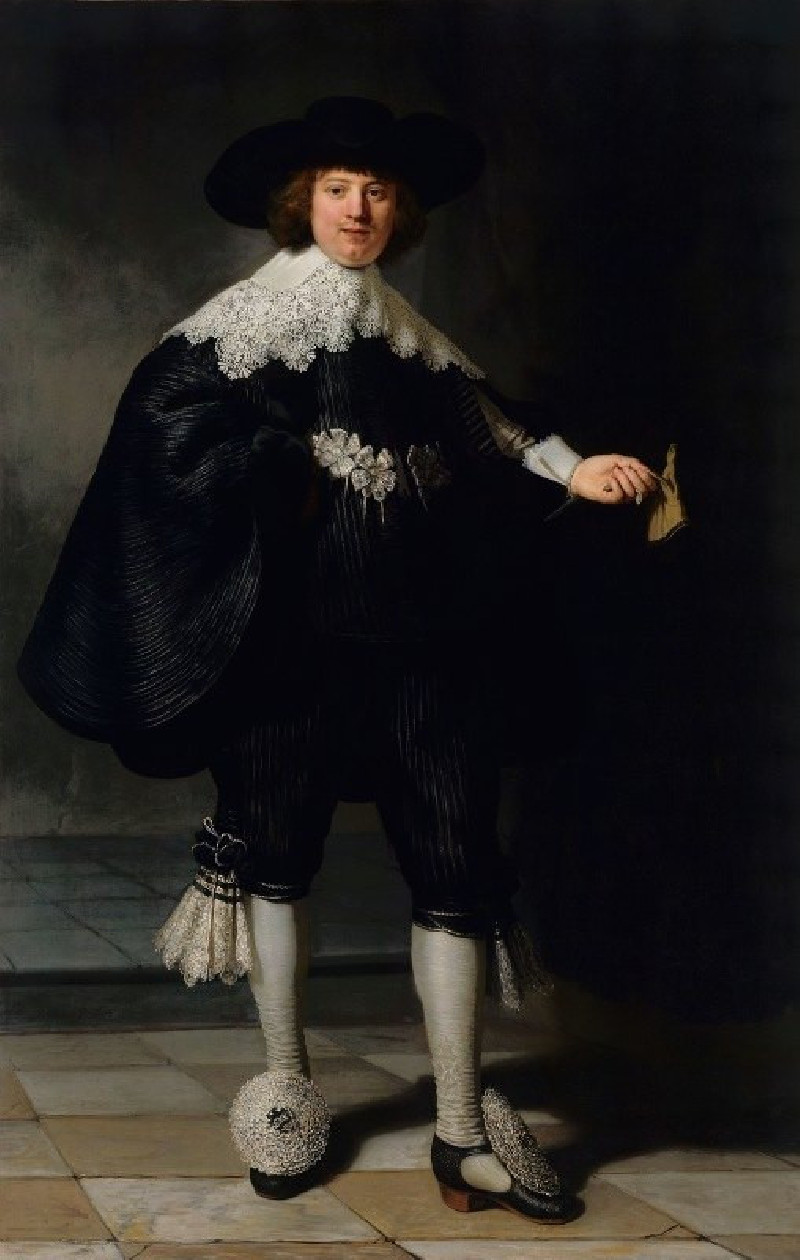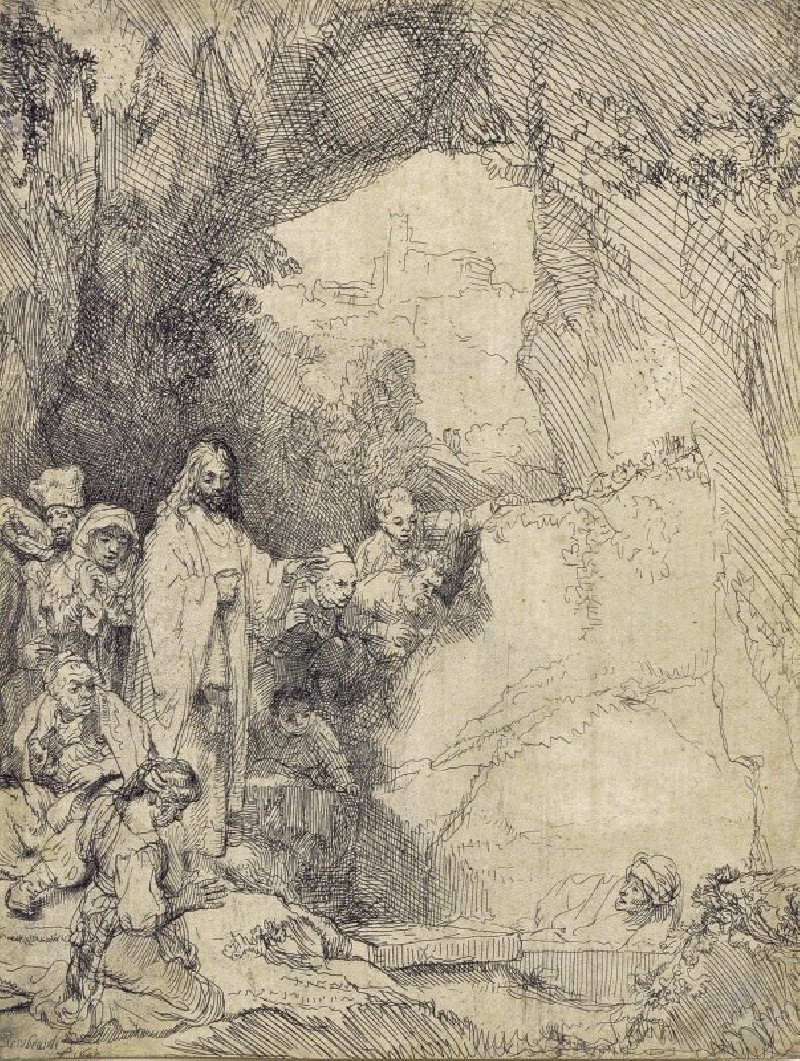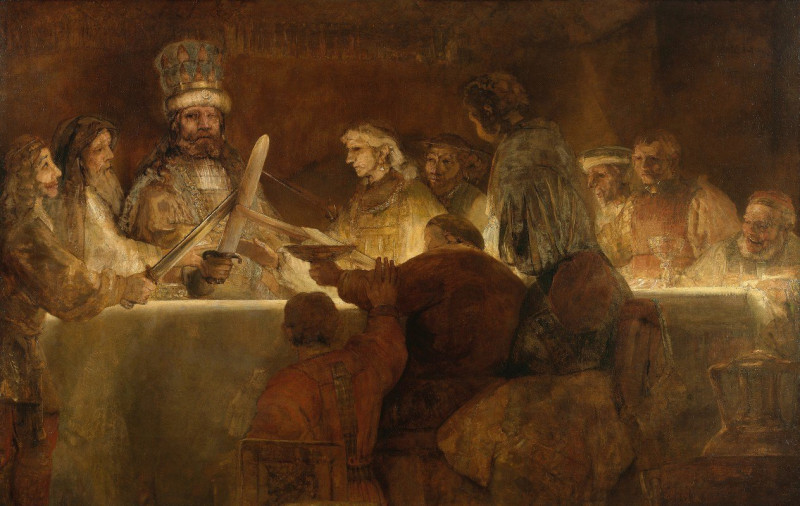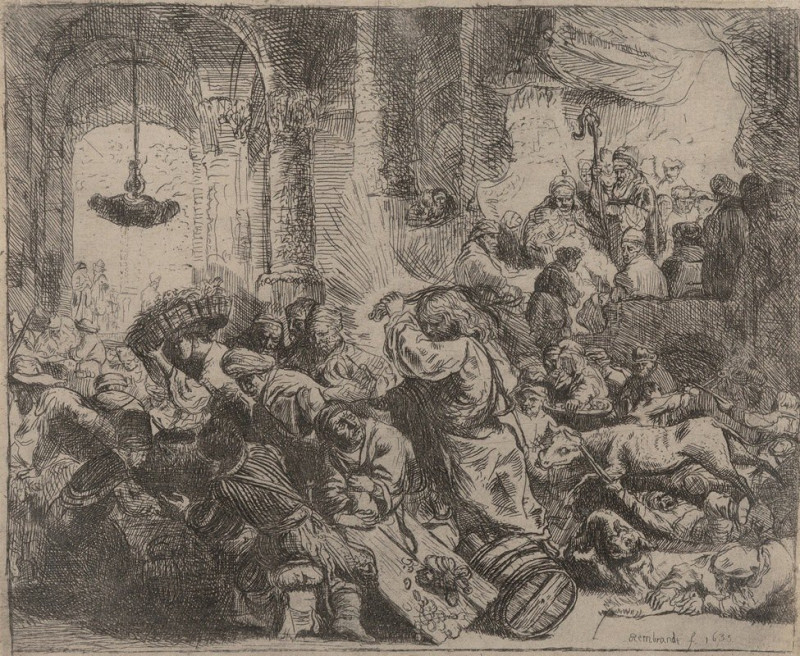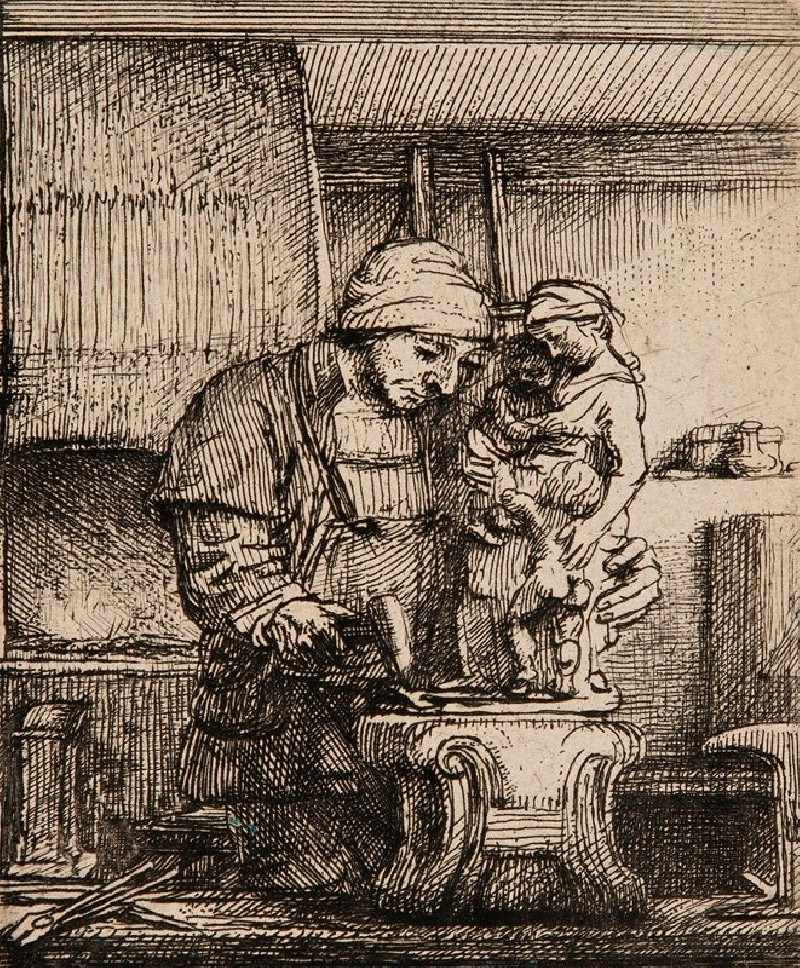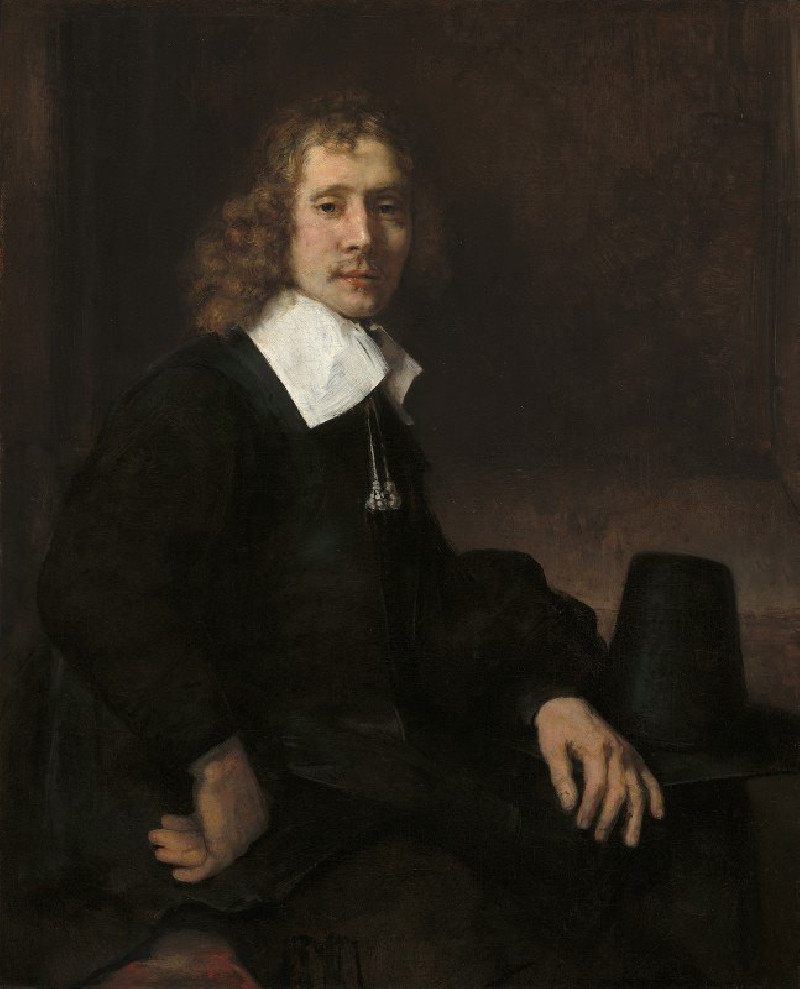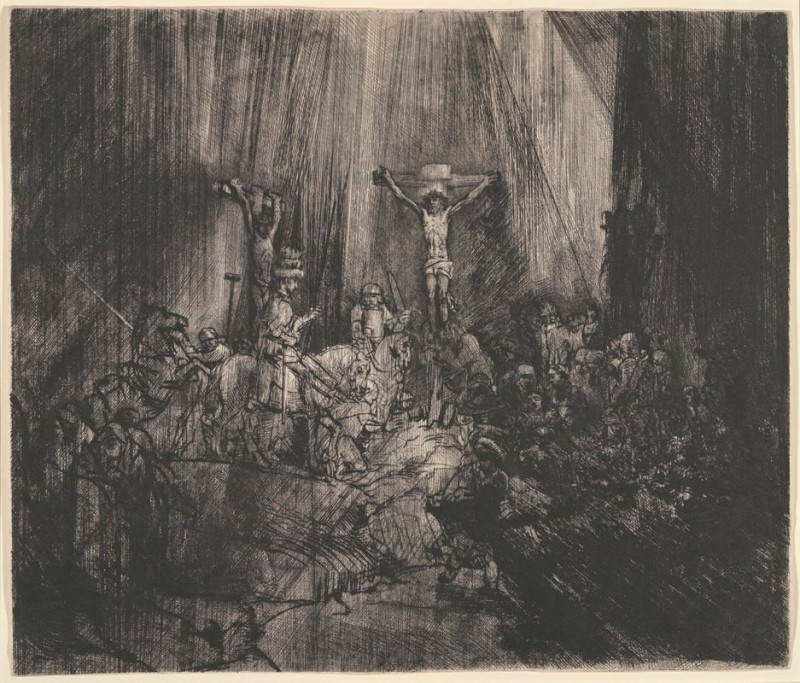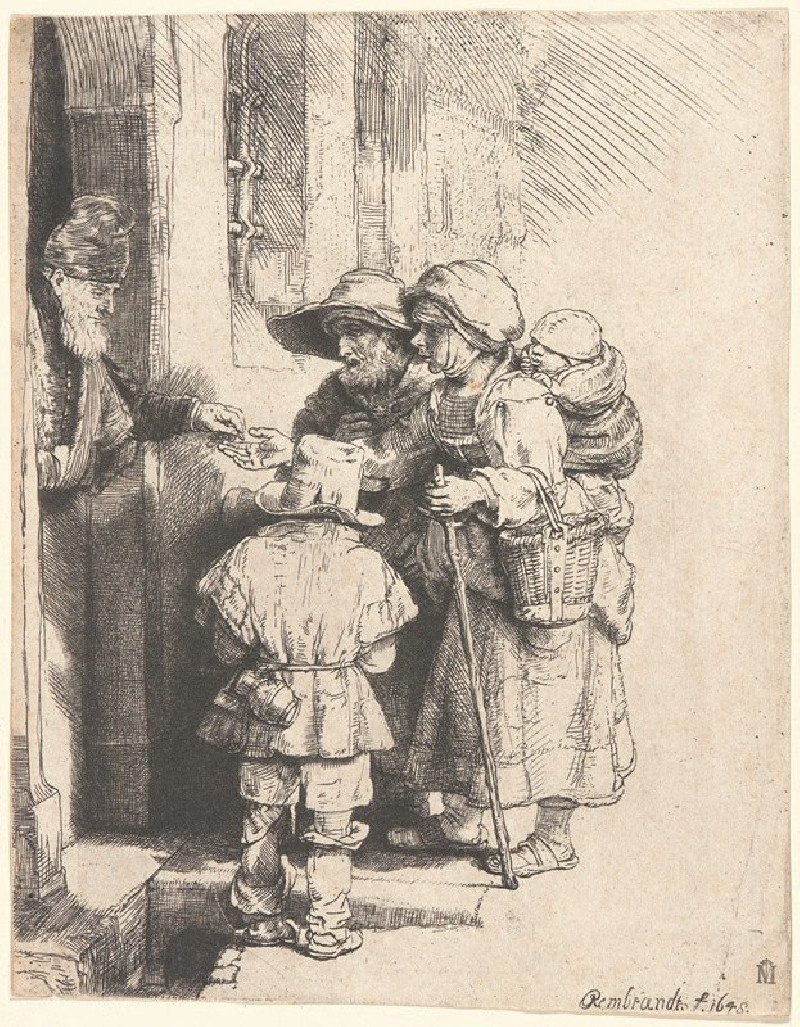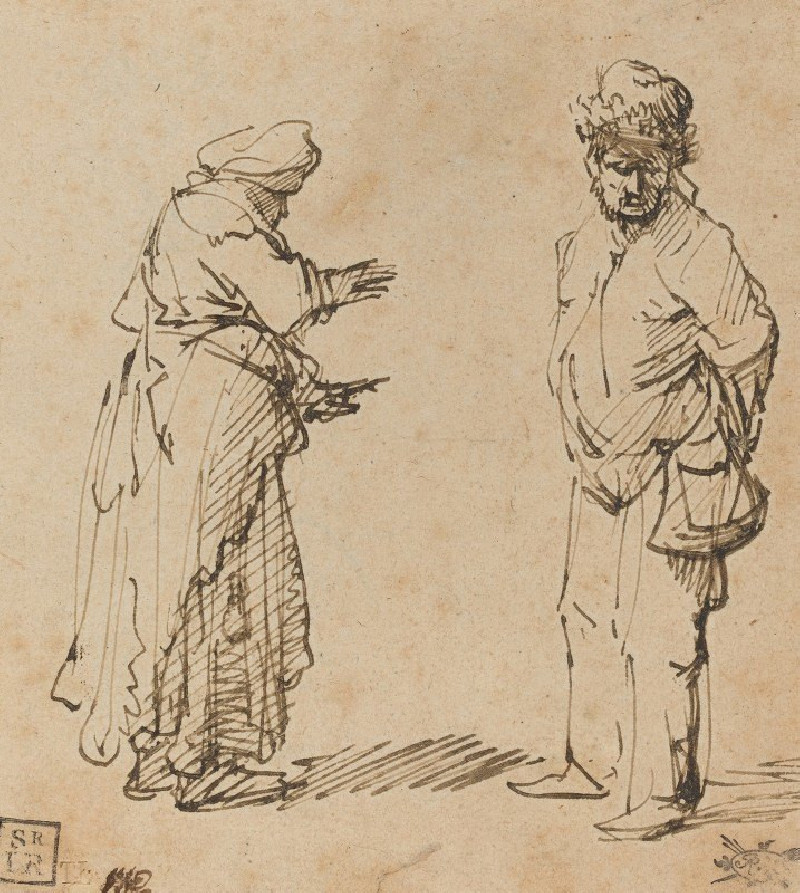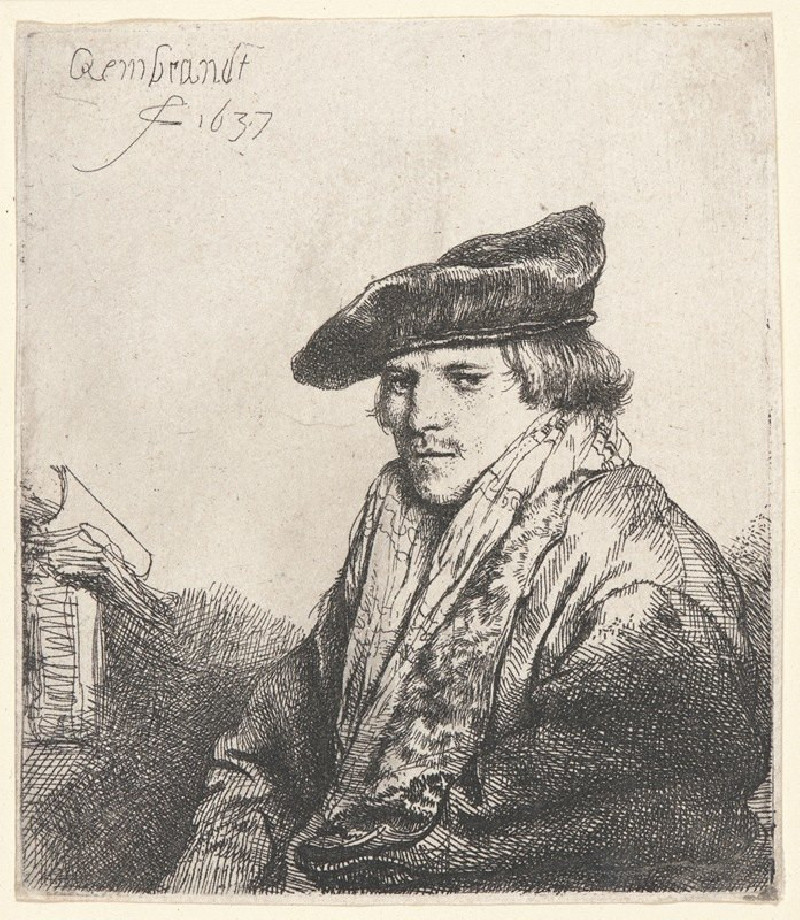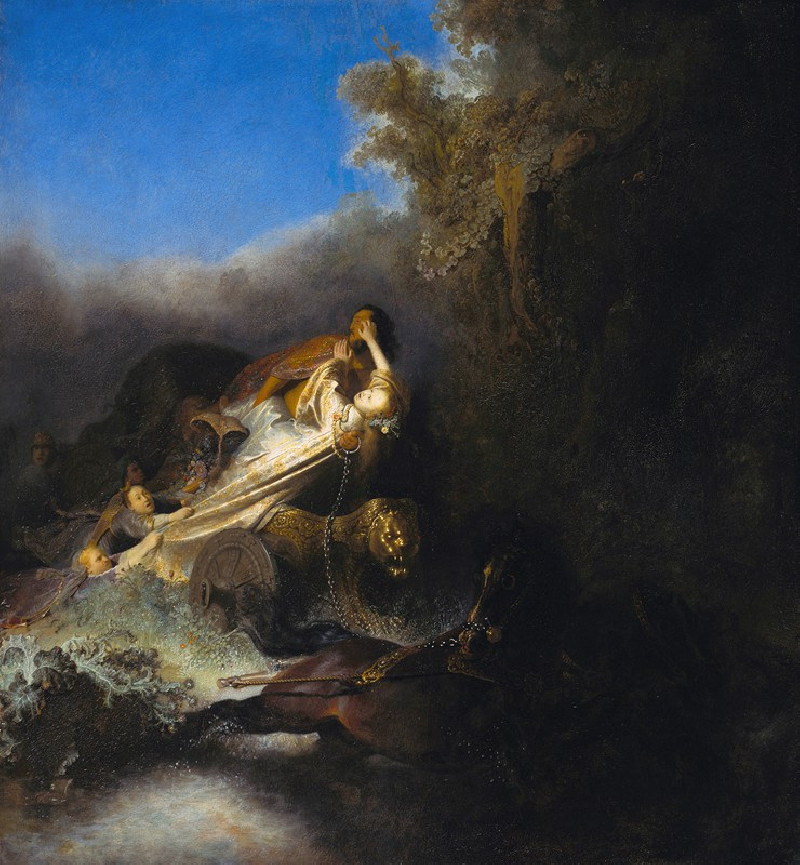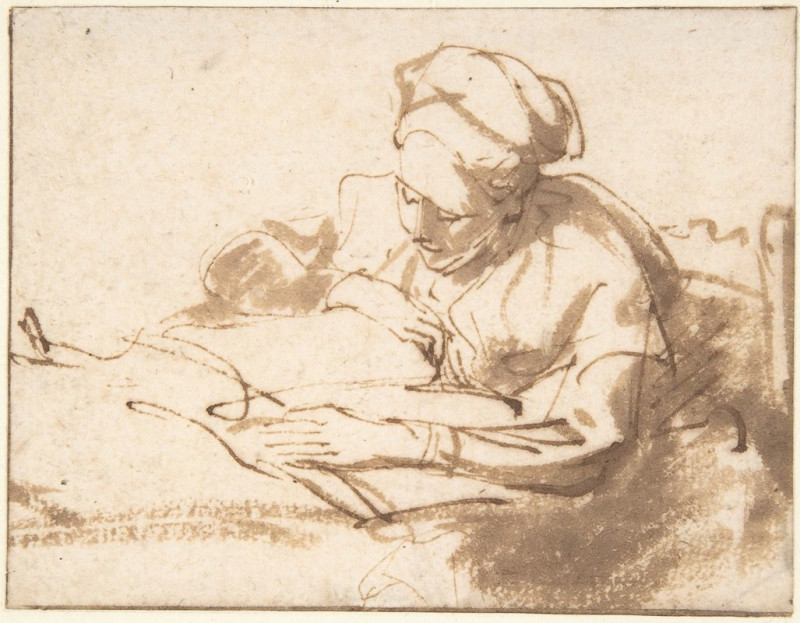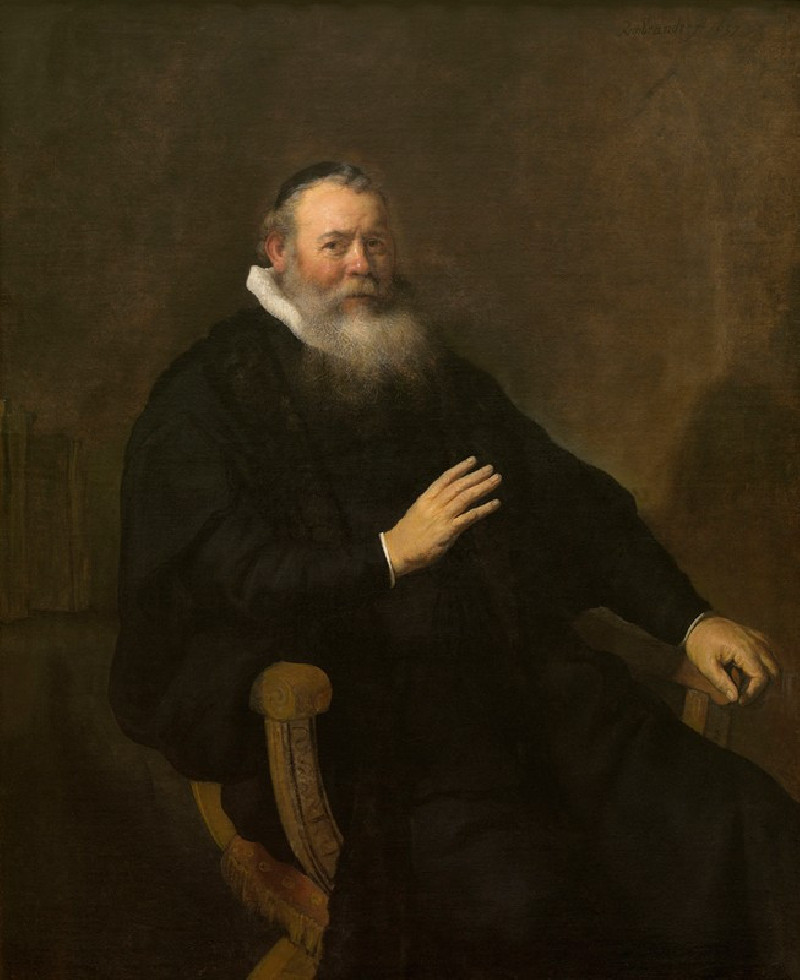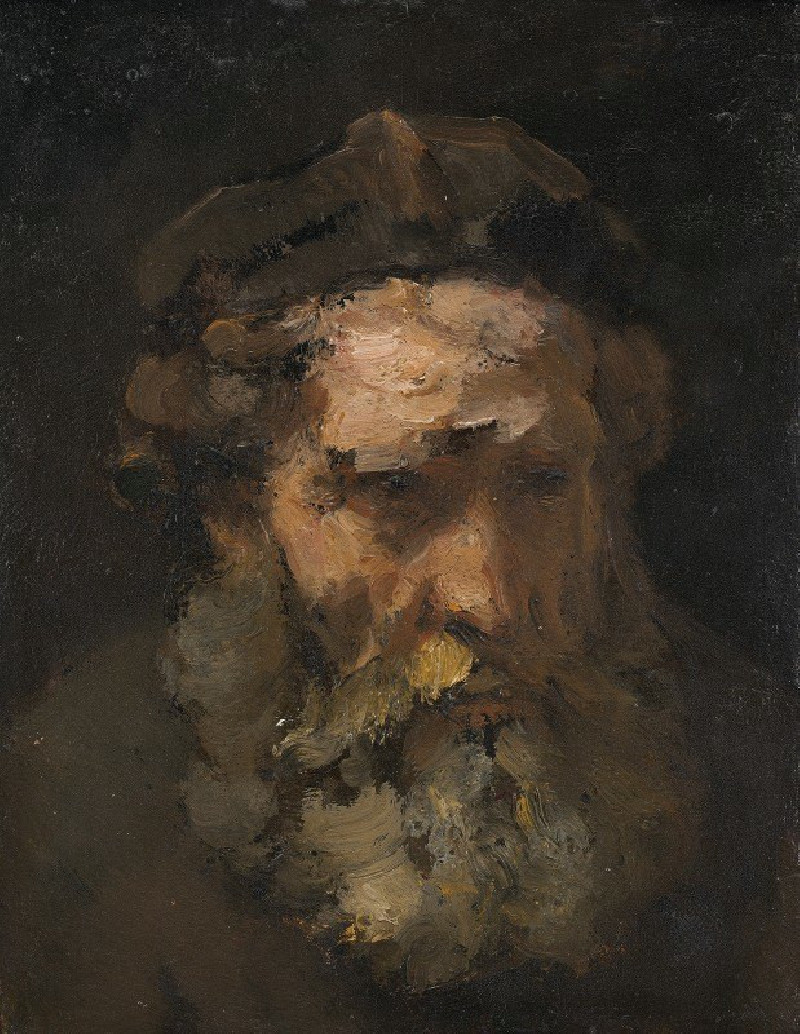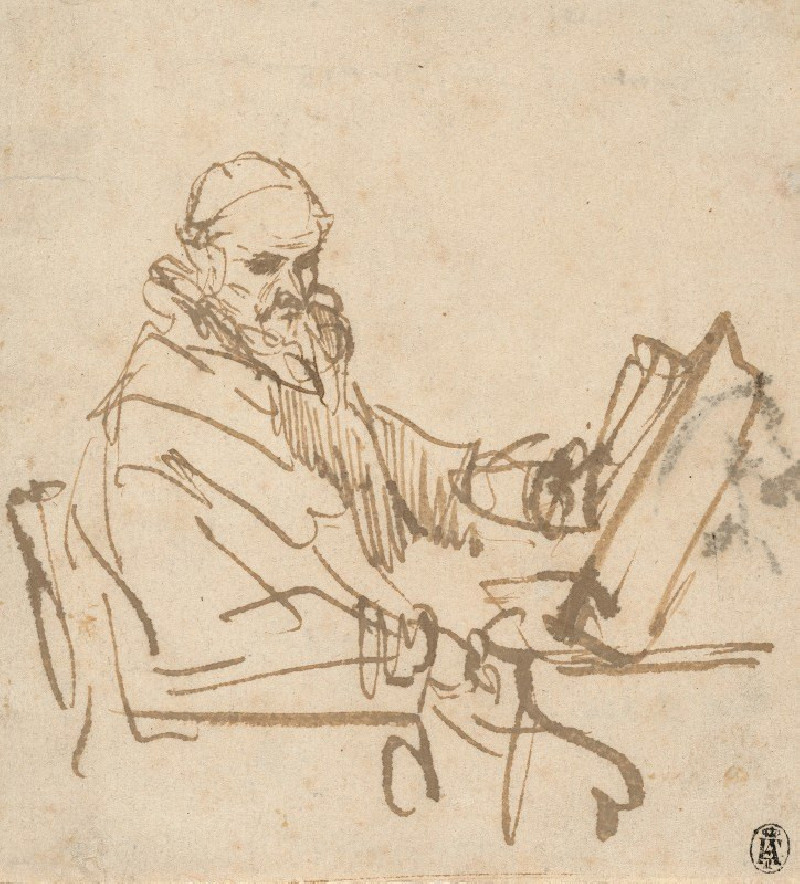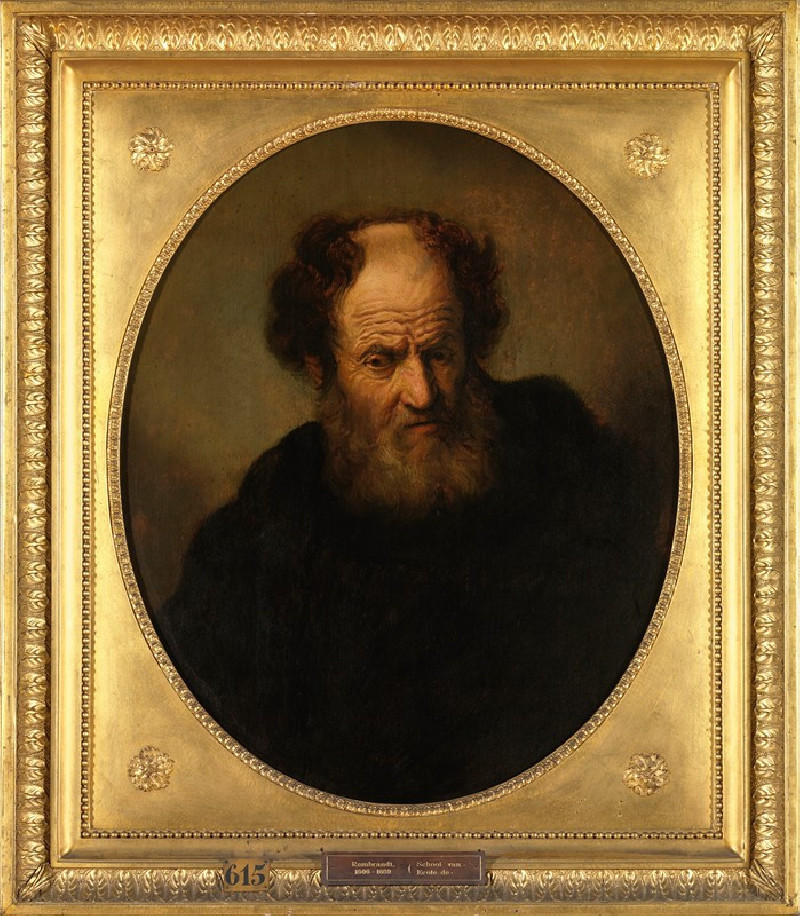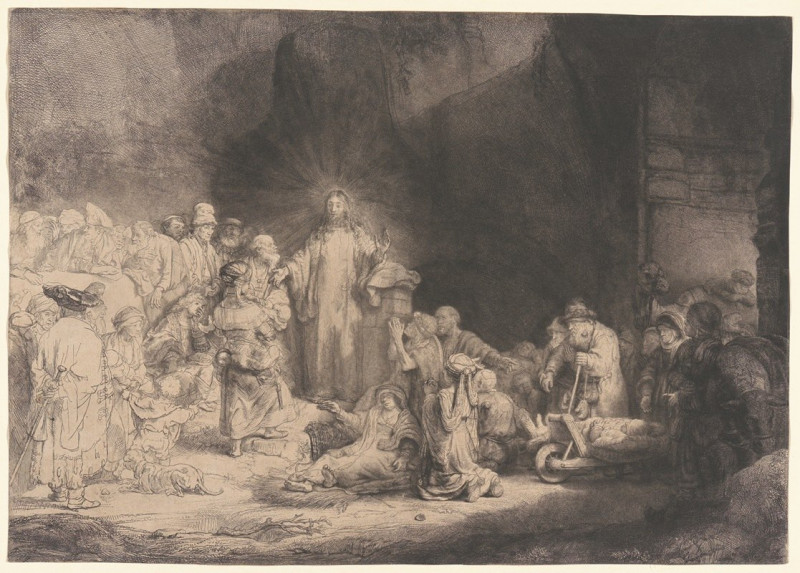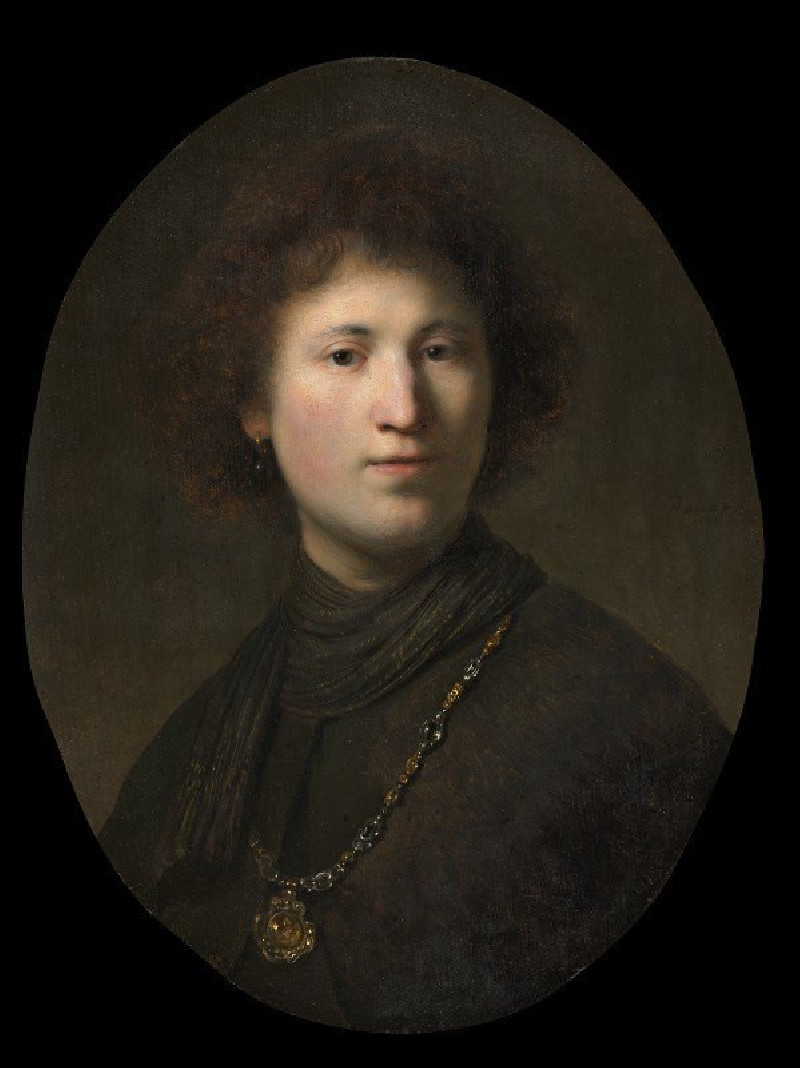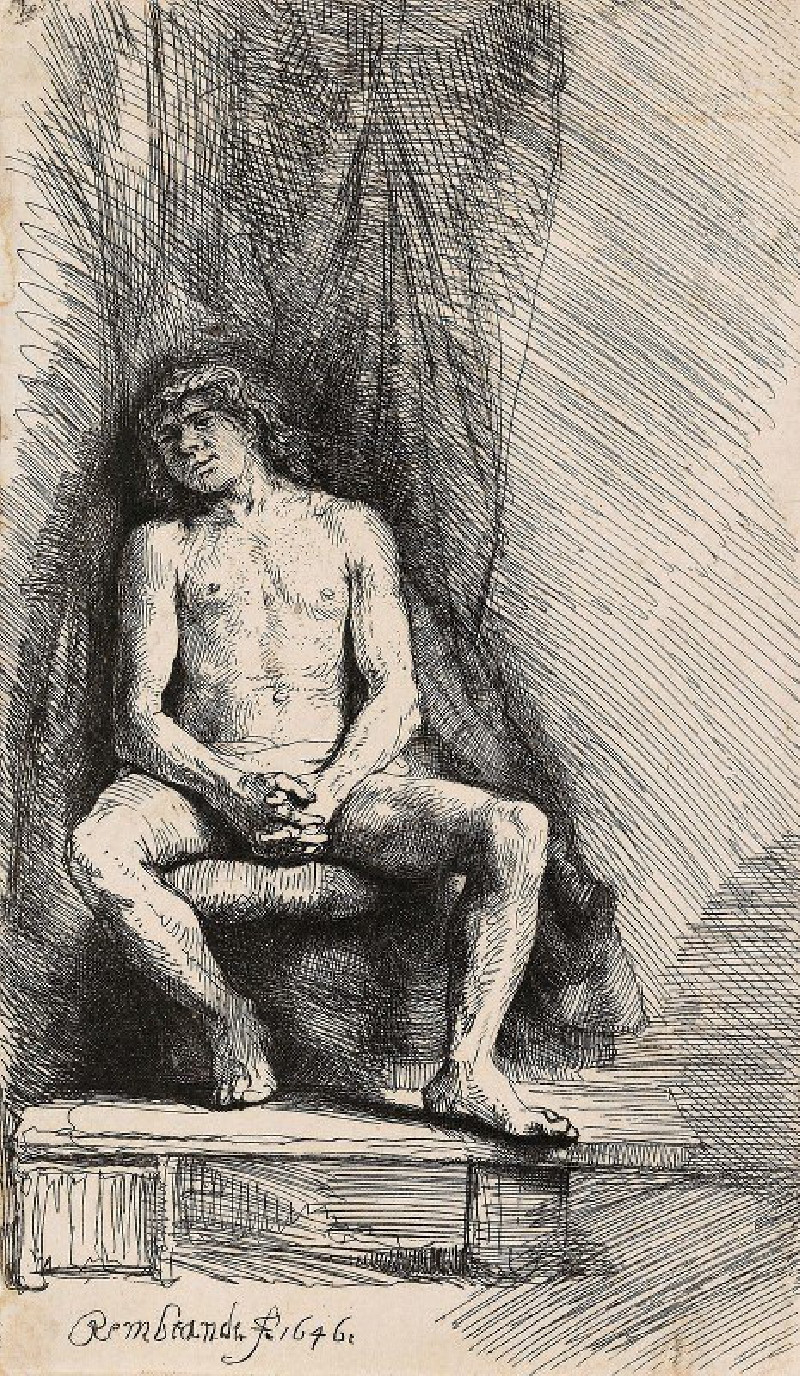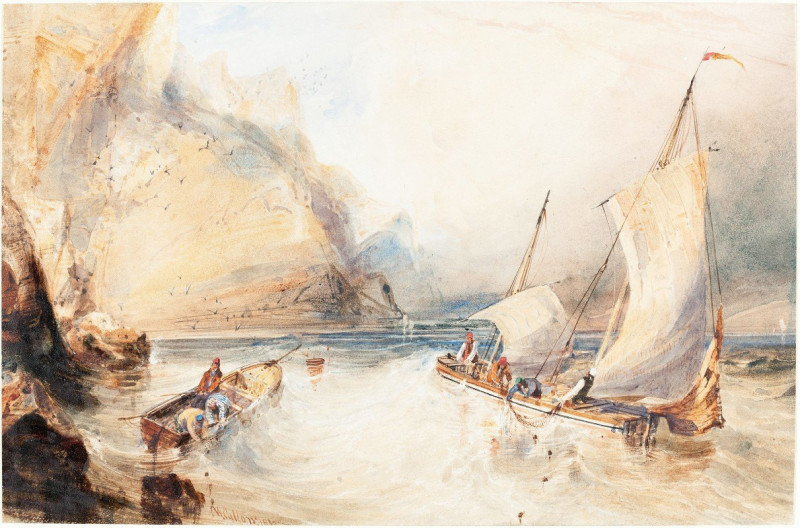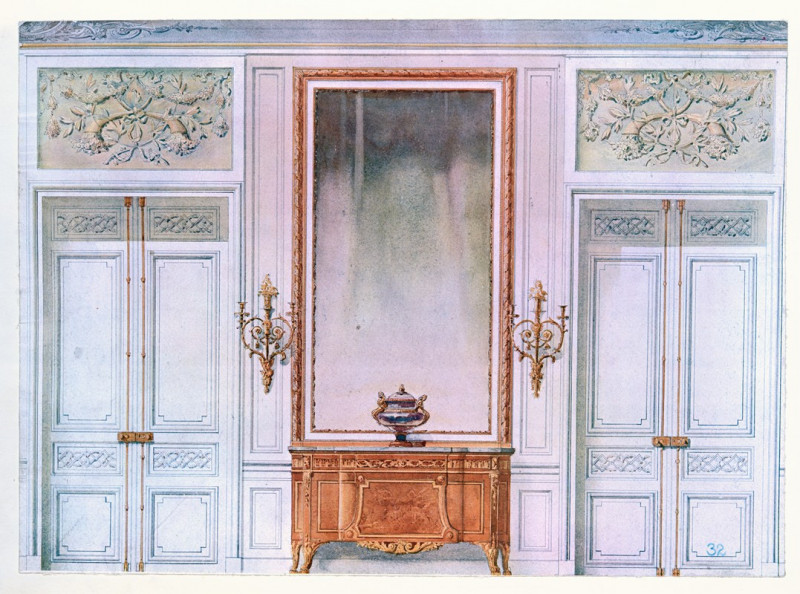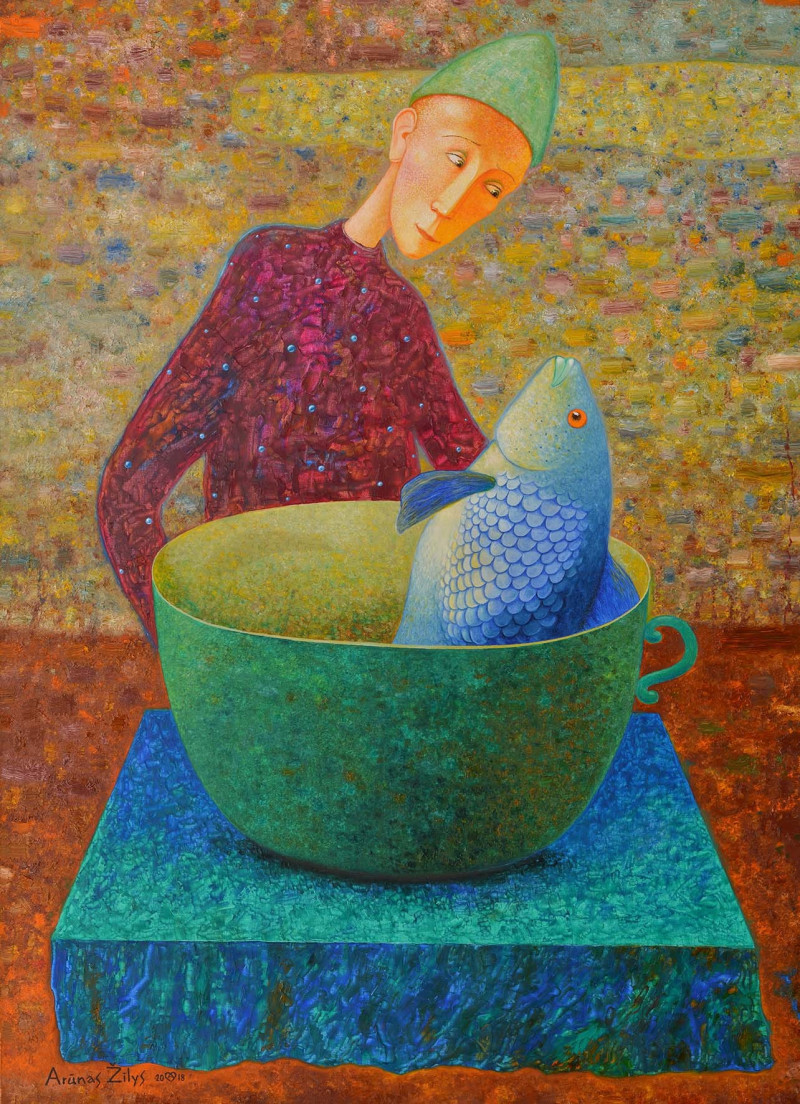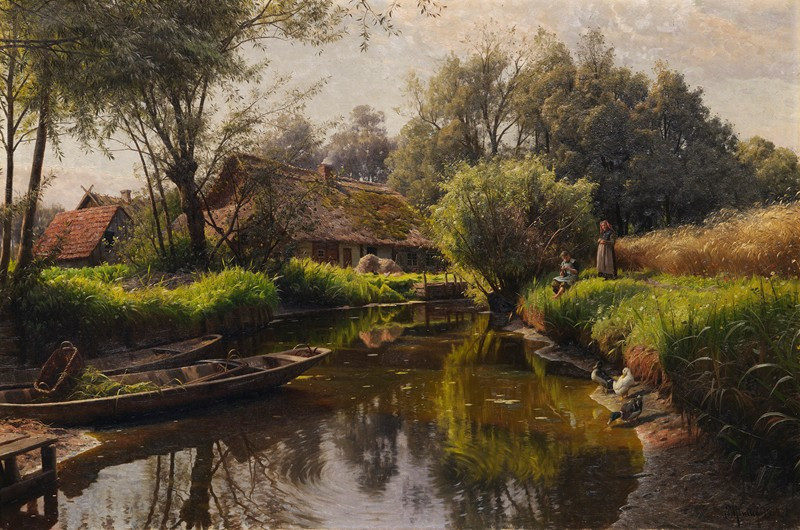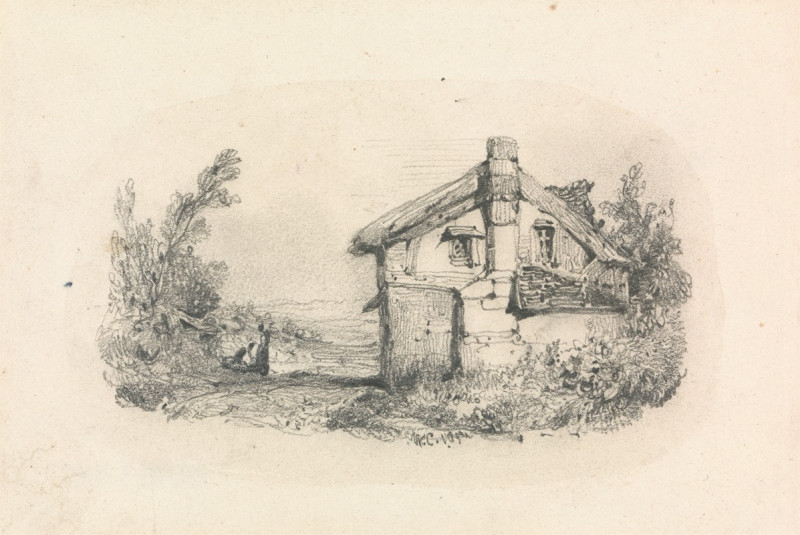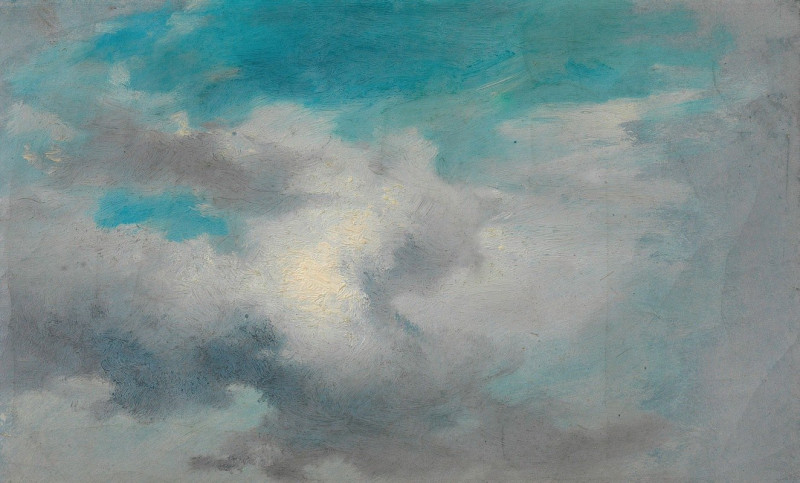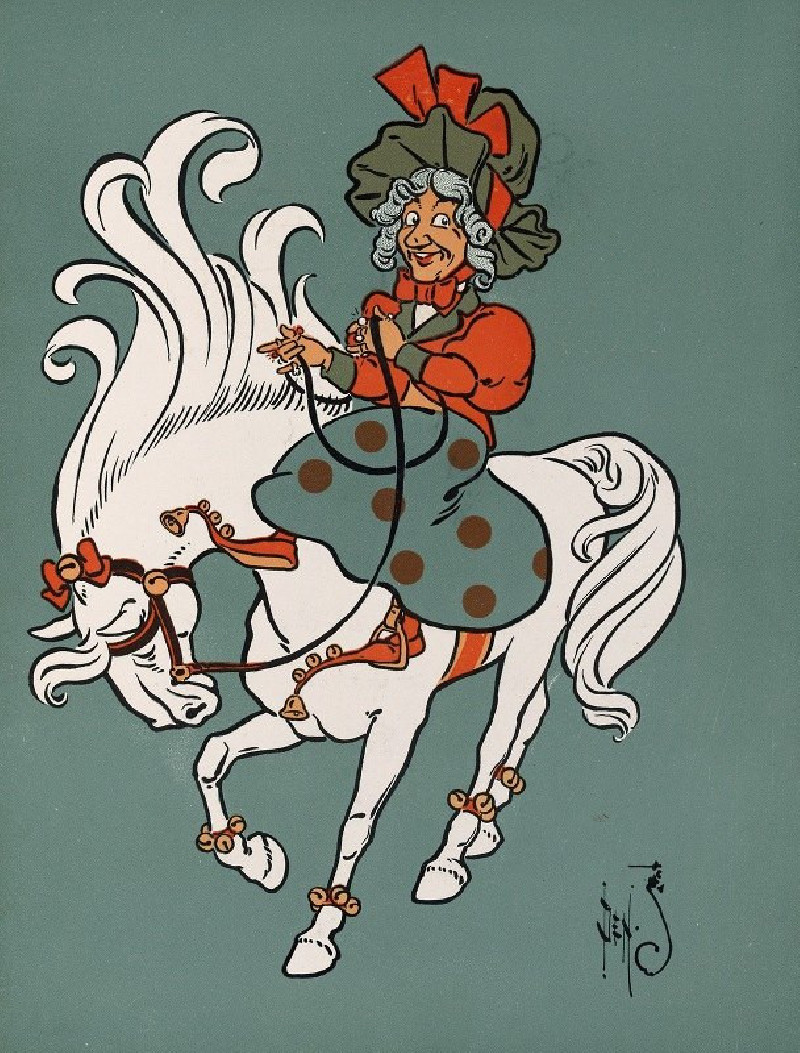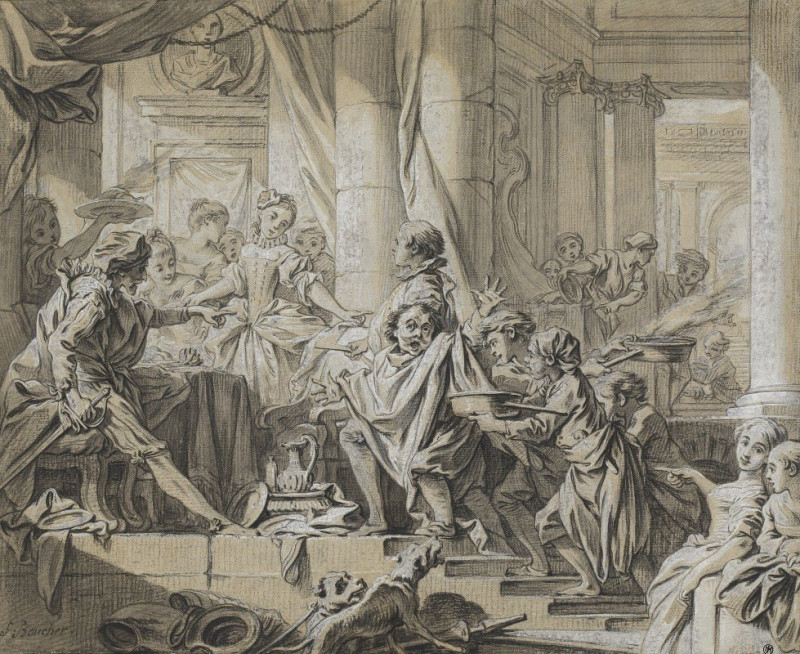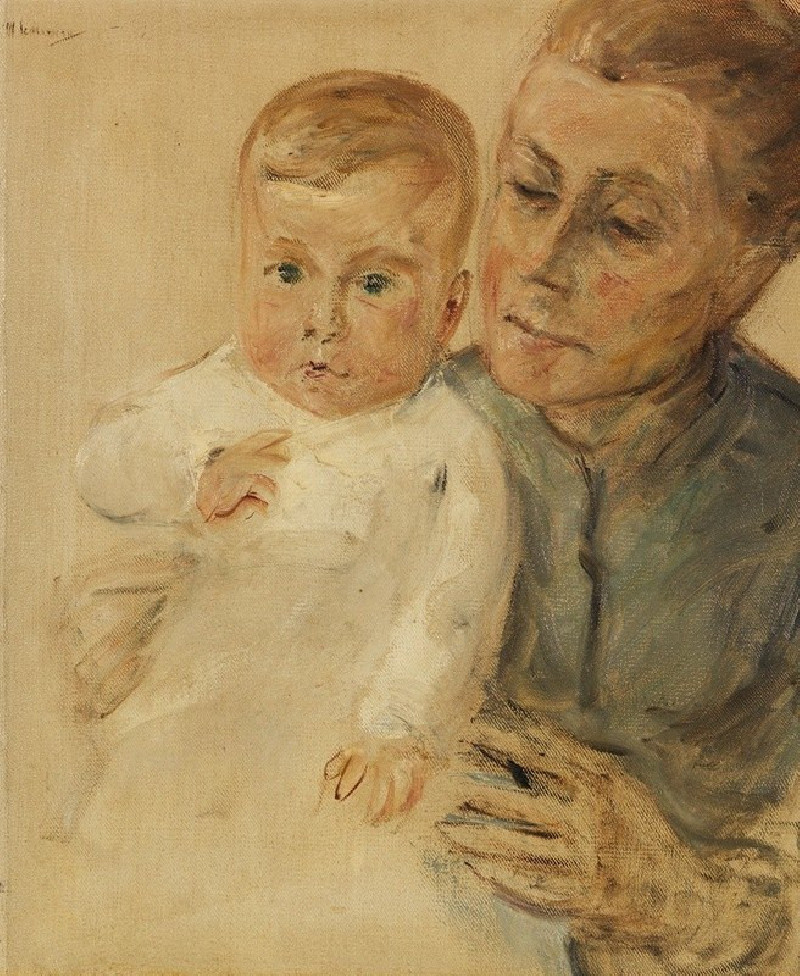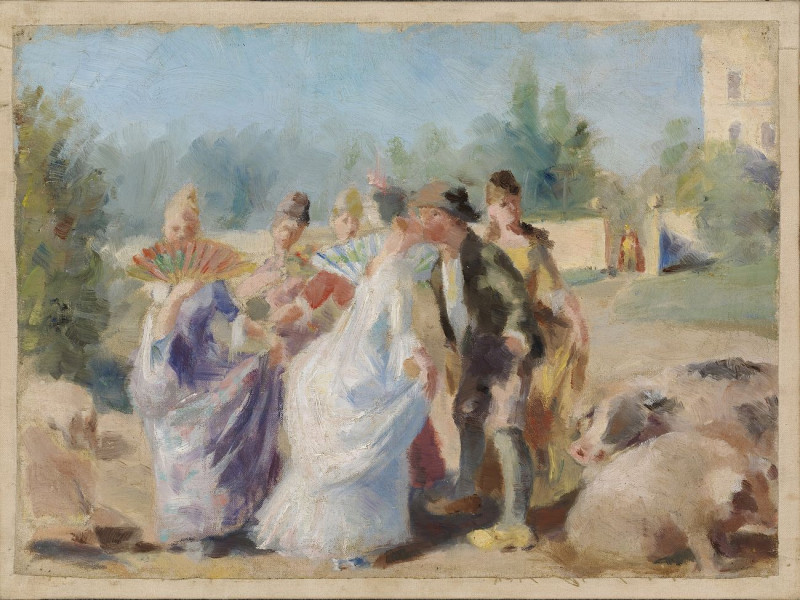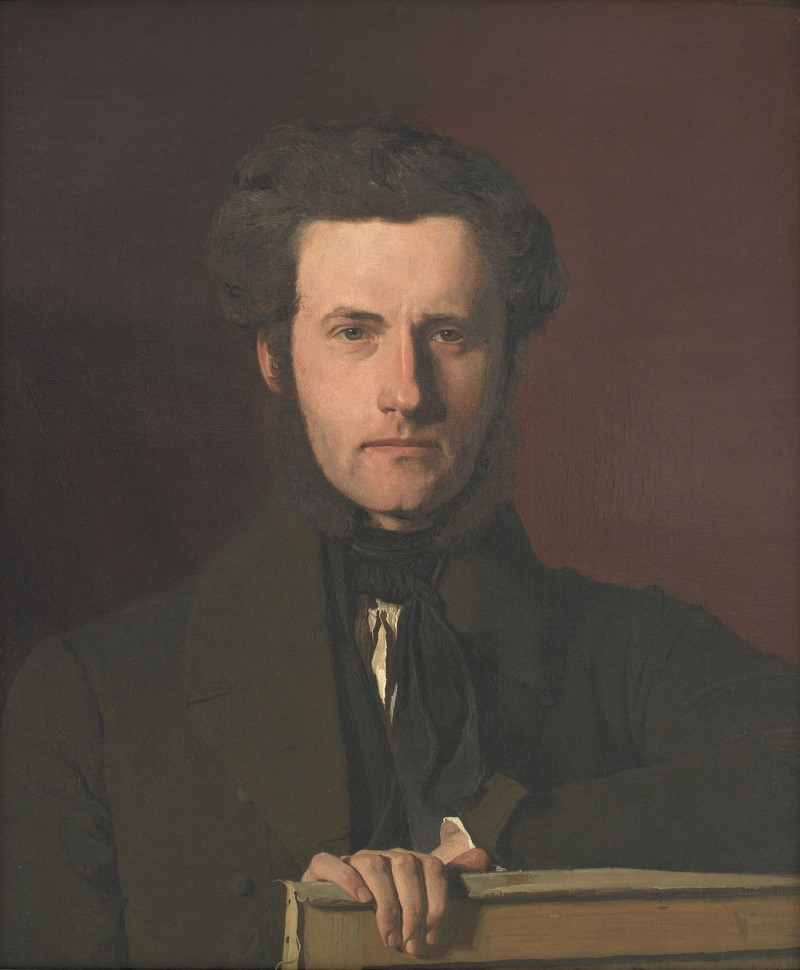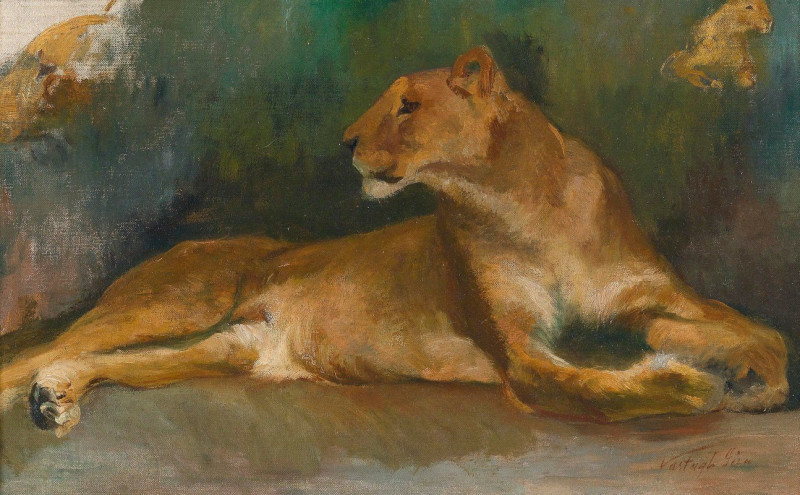The Artist Drawing from a Model (ca. 1639)
Technique: Giclée quality print
Recommended by our customers
More about this artwork
Welcome to an exploration of "The Artist Drawing from a Model," an intriguing etching by the celebrated Dutch artist Rembrandt van Rijn, circa 1639. This artwork provides a fascinating glimpse into the creative process and the artist’s studio environment during the 17th century.In the etching, we observe an artist, presumably Rembrandt himself, deeply engrossed in drawing a live model. The model, a key figure in the composition, stands gracefully and is portrayed in a state of nudity which underlines the study of human anatomy that was essential for artists of Rembrandt's time. This central figure is sharply detailed, demonstrating Rembrandt’s mastery in capturing human form with honesty and sensitivity.To the left of the scene, the artist is depicted in a bent posture, focusing intently on his drawing. This area of the artwork is less defined, evoking a sense of movement and fleeting moments that contrasts with the clear and stable presence of the model. Several objects, possibly artist's tools, can be seen around, further highlighting the working environment of an artist.The use of light and shadow plays a critical role in this piece, where the stark contrasts emphasize the three-dimensionality of the figures and objects, creating a lively interplay of elements that draws the viewer's eye across the composition."The Artist Drawing from a Model" is not just an artwork; it’s a narrative about art-making, an intimate look at the artist's world, meticulously etched by one of the foremost masters of the Dutch Golden Age.
Delivery
Returns
Rembrandt Harmenszoon van Rijn was a Dutch draughtsman, painter, and printmaker. An innovative and prolific master in three media, he is generally considered one of the greatest visual artists in the history of art and the most important in Dutch art history. Unlike most Dutch masters of the 17th century, Rembrandt's works depict a wide range of style and subject matter, from portraits and self-portraits to landscapes, genre scenes, allegorical and historical scenes, and biblical and mythological themes as well as animal studies.

